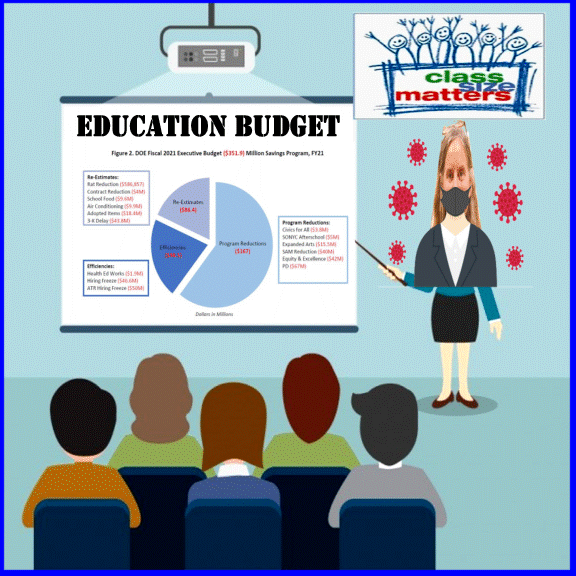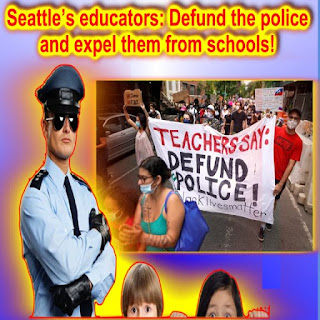Application for COVID-19 Disaster Relief - Nutrition (CA Dept of Education)
Application for COVID-19 Disaster Relief
The California Department of Education (CDE) is providing program operators, including, school districts, county offices of education, charter schools, residential childcare institutions, and private schools participating in the National School Lunch Program (NSLP), School Breakfast Program (SBP), Seamless Summer Option (SSO), and Summer Food Services Program (SFSP) which have sites that have been temporarily closed and/or meals served have been reduced due to the COVID-19 pandemic emergency, a reimbursement to offset fixed expenses, such as salaries and benefits, that continue to accrue during the temporary closure, pursuant to the 2020 Budget Act, Sec 118.
Compliance
All records pertaining to the NSLP, SBP, SSO, and SFSP must be kept in compliance with California Education Code Section 33421, and Title 7, Code of Federal Regulations, Section 210.23(c). The records must include, but are not limited to, a copy of the state or federal disaster or emergency declaration signed by the President of the United States or Governor of California and other documentation which support the meals and expenditures claimed in this application.
Availability of Funding
Reimbursement through this application is contingent on available funds. Approved COVID-19 disaster relief payments will be made from the state’s General Fund or from the Federal Trust Fund in accordance with the federal Coronavirus Aid, Relief, and Economic Security (CARES) Act, if CARES Act funds are made available to the CDE for this purpose.
Application Requirements
It is imperative that only one application is submitted for each program operator to ensure timely processing and accurate disaster claim reimbursement. The Application for COVID-19 Disaster Relief Reimbursement includes two parts: (1) A web-based application that allows sponsors to submit general information related to the disaster claim and (2) An Excel document titled COVID-19 Disaster Claim Detail Form, which requires information related to impacted sites and days of closure.
Application Timeline
Program operators may submit this application on behalf of all or some of the agency sites that experienced temporary closures or reduced meal service from March 1, 2020, through June 30, 2020, due to the COVID-19 pandemic emergency. The final filing date is August 31, 2020, but program operators are encouraged to submit applications as soon as possible. If the information you provide to the CDE in the application changes or needs to be corrected, you must contact your Nutrition Services Fiscal Analyst directly at that time to ensure the most accurate information is evaluated for disaster relief reimbursement.
Use the steps below to complete the application:
Part 1: Complete the COVID-19 Application for Disaster Relief Reimbursement
- Before you begin, ensure you have pertinent details available, such as your CNIPS ID Number, Vendor Number, Number of sites and Number of days claimed.
- Provide the requested information within each screen. Make note of the Next Steps screen, which advises that a COVID-19 Disaster Claim Detail Form must be completed and submitted after the web-based application is submitted.
Part 2: Complete the COVID-19 Disaster Claim Detail Form
After you submit the web-based application, you will receive confirmation by email that your application was received and that additional actions are needed. This email will contain a link to the required form.
- Carefully review the Instructions tab.
- Fill out the Claim Detail tab by inputting details regarding individual sites that were impacted.
- If all sites were impacted in the same way (either all closed completely or all served a reduced number of meals), you only need to complete the first row within the Claim Detail tab
- Save the form according to the instructions.
- Once the form is submitted to the CDE, your application is complete. Your assigned Nutrition Fiscal Services Analyst may contact you at a later date with questions they might have regarding the information within the Application or Claim Detail Form.
Contact Information
If you have any questions regarding this application, please email NSDDisasterClaims@cde.ca.gov and include the following information in the subject line: (1) your county name, and, (2) CNIPS ID. Questions: Nutrition Services Division | 800-952-5609
USDA CACFP At-risk in Summer 2020 Waiver Request - Nutrition (CA Dept of Education) - https://www.cde.ca.gov/ls/nu/cacfpatrisksum2020waiv.asp






























